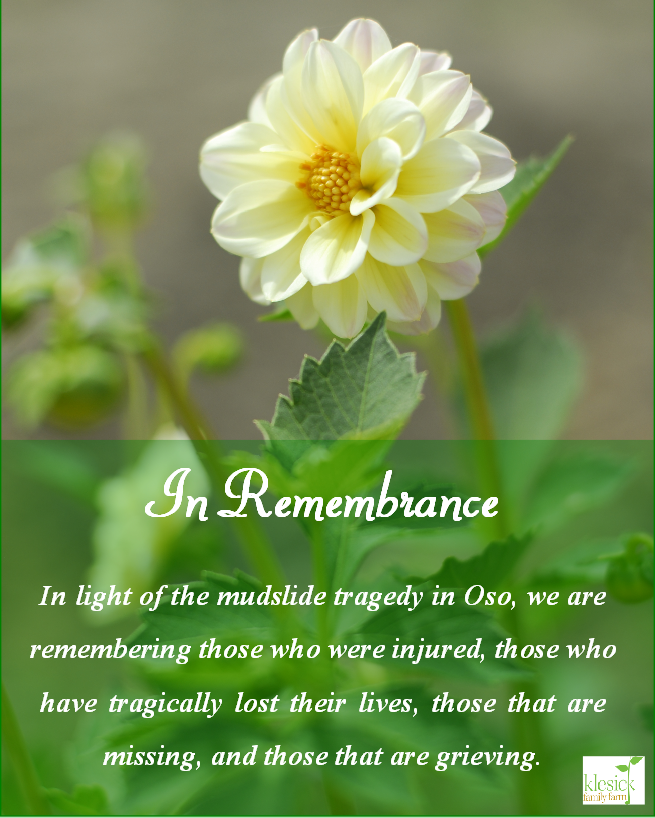I have been thinking about the act of giving. Giving is an opportunity to participate in making some thing, some place or some one’s circumstances better than could be accomplished by itself. Giving requires sacrifice, a lot or a little, but you have to be willing to deny yourself something in order to give.
This past week, the world celebrated Easter—a holiday to remember the resurrection of Jesus. Nothing has more radically impacted the world than His birth, ministry, death and resurrection. He is the ultimate example of giving.
We believe in giving. And we believe the act of giving, whether money, talents or time, is freeing. It reminds us that we are not the most important entity in this world. It changes our focus. It intensifies our senses and awakens us to the needs of others and other things. Giving also allows us to give more, and it is contagious and infectious. Being generous is a surefire way to live a happy life.
This is why, when an opportunity to give arises that we can participate in, we are all in, in whatever capacity we can participate. But we have had to learn where to draw our giving boundaries over the years. Here is what we have learned about giving:
1. We have planned giving and then we dig deeper for emergency giving.
2. We always pray for whatever the pressing need is.
3. Then we assess how we can help. Is it with time, knowledge, communication, money or all of the above?
4. Sometimes we are unable to participate because of location or skills needed.
5. If we cannot help physically at the location, that is okay. Help comes in many different shapes, sizes and methods, and all of it is needed.
6. Refer to #3 and decide what you can do and then do it with all your heart!
Lastly, we are grateful and thankful for your partnership as we reach out to the Oso and Darrington communities. As a group we are able to collectively do more than as an individual, but community can only happen when two or more agree to walk together.
Thank you for walking alongside us to help Oso and Darrington land on their feet again.
Tristan



